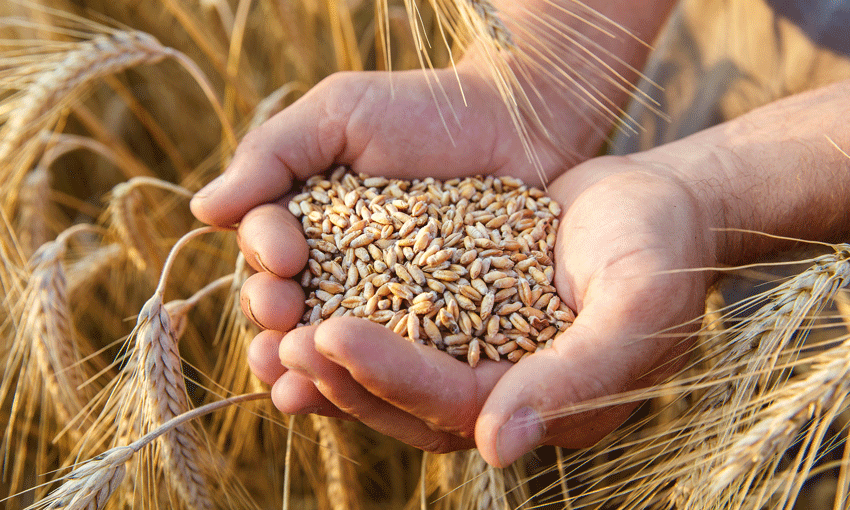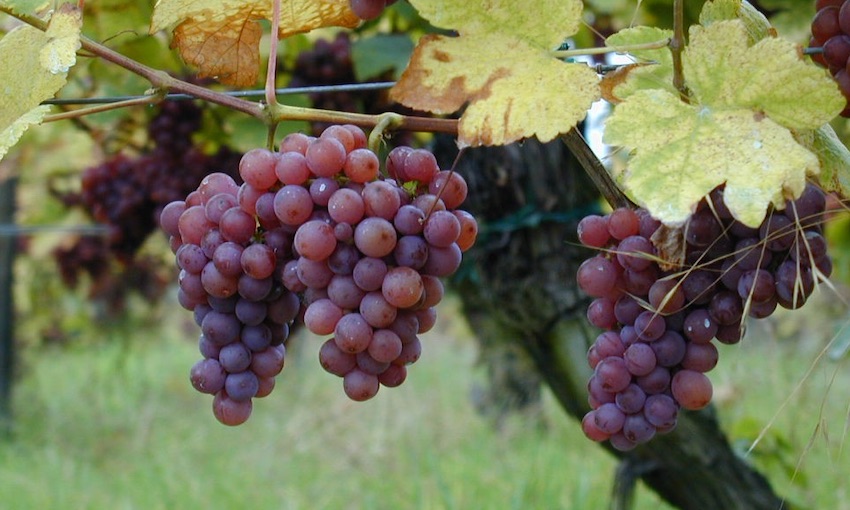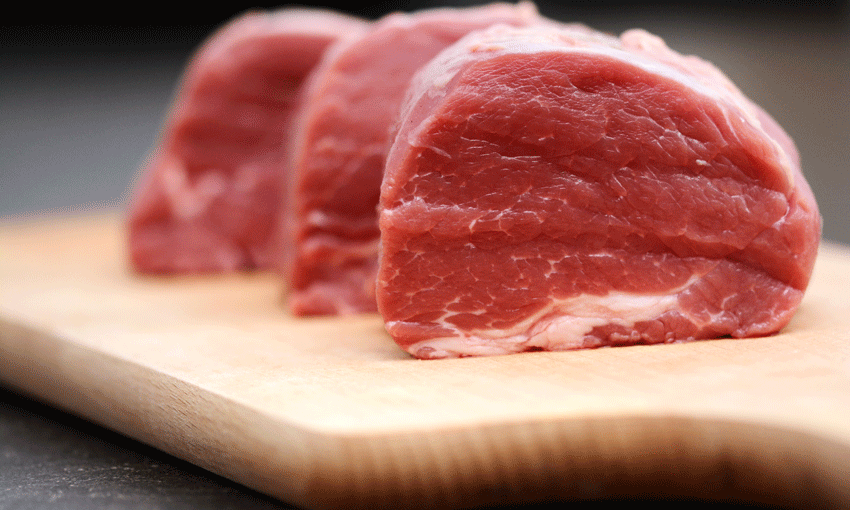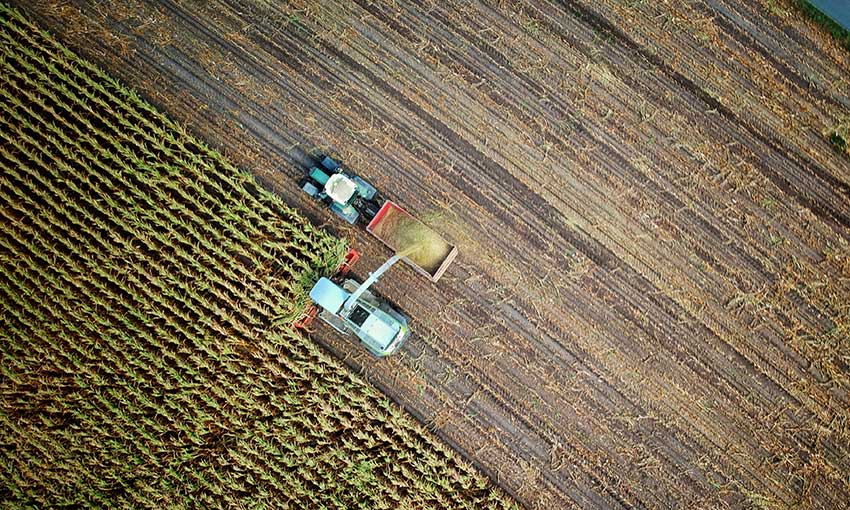AUSTRALIA exported a record $80.4 billion in agriculture, fisheries and forestry products in the 2022–23 financial year, a 17% increase on the previous year.
Federal departmental and ABS figures released late last month show record crop production in 2022–23 coincided with an increase in demand for Australian grain due to global supply disruptions and increased prices, allowing significant gains for Australian farmers. DAFF said exporters benefited from decreasing input costs compared to the first half of 2022, including easing costs for fertiliser and freight.
China remained Australia’s largest single export market, worth approximately $17 billion in 2022–23 but the market share of other Asian markets continued to grow, particularly for fast-growing economies in the Association of Southeast Asian Nations ($19 billion). In 2022–23, ASEAN’s share of Australia’s AFF exports reached a record high (23%). Japan ($6 billion) and the Republic of Korea ($5 billion) also grew their market share.
Market highlights from 2022–23 include:
- The value of exports to India increased 106% on the previous year after the Australia-India Economic Cooperation and Trade Agreement entered into force in December 2022. Tariff benefits under ECTA were a key factor – however, currency fluctuations and movements in global markets also played a role. The leading commodities were lentils (up 220%) and cotton (up 199%). The cotton quota under ECTA was fully utilised in the 2023 calendar year and the elimination of the 30% tariff saw sheep meat exports to India surpass $1 million for the first time. ECTA also saw substantial increases in Australian almond, orange/mandarin, broad bean, and seafood exports.
- In 2022–23, Australia was a leading exporter of lentils and other pulses. Lentils entered Australia’s top 10 AFF exports for the first time. Temporary tariff-free access for lentils to India, which came into effect in October 2021 and was extended until 31 March 2025, contributed to the increase in exports.
- The start of 2023 saw some tariffs reduced to 0% under existing trade agreements. For example, from 1 January 2023, sheep and goat meat to the Republic of Korea became tariff-free under the Korea-Australia Free Trade Agreement (KAFTA). Exports of sheep and goat meat increased 54% by volume, and 49% by value compared to the previous year.
- The value of exports to Indonesia increased 25% to $4.9 billion, as growing bilateral trade continued to support Indonesia’s economic development. Increases in wheat (up 63% in value) and cotton ( up12% in value) exports were important for Indonesia’s growing food processing and textile industries. Although Indonesia was impacted by Foot-and-Mouth Disease and Lumpy Skin Disease outbreaks, leading to a decrease in live cattle exports, concerns around meat safety propelled demand for packaged product. The value of beef and veal meat exports increased 33% in 2022–23.
- Exports to Mexico increased 71% to $482.2 million in 2022–23. This included the commencement of exports of canola which reached $169.9 million. Imports support Mexico’s oilseed crushing industry, and this industry is projected to grow with the population and increased demand for stockfeed.
DAFF noted that higher levels of rainfall brought about by the 2022–23 La Niña event provided exceptional conditions for Australian crop production. This coincided with unfavourable crop-growing conditions for Australia’s key competitors, which in turn contributed to reduced global supply and higher export prices.
In the 2022 calendar year, Australia overtook Canada and the US to become the second largest wheat exporter in the world after the EU (UN Comtrade 2023). This followed drought in the US, the EU, and Canada that adversely affected their production of wheat and other crops. The USDA forecasts a continuation of these impacts into 2023–24, including a 10% decrease in wheat production in Canada, DAFF said.





